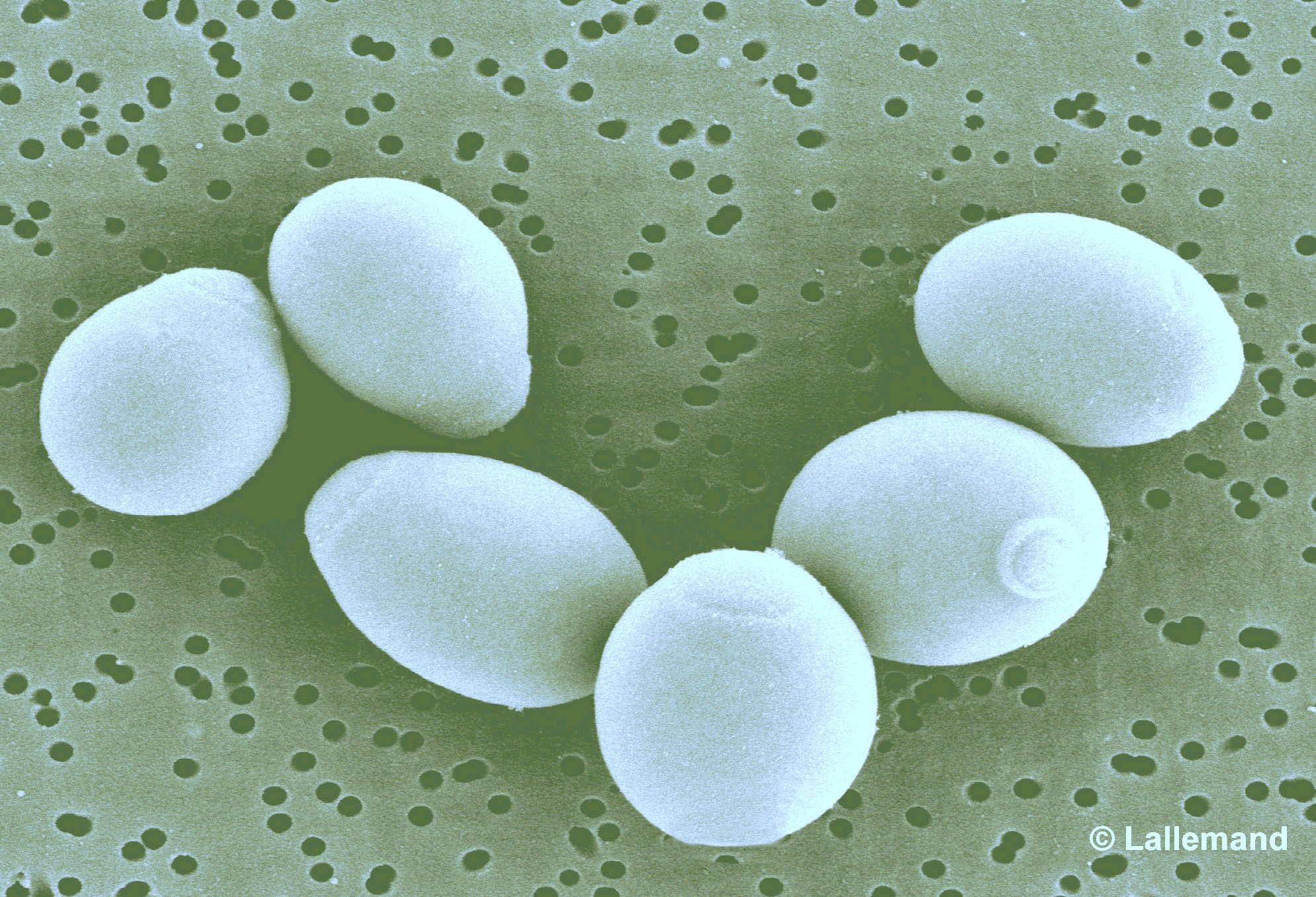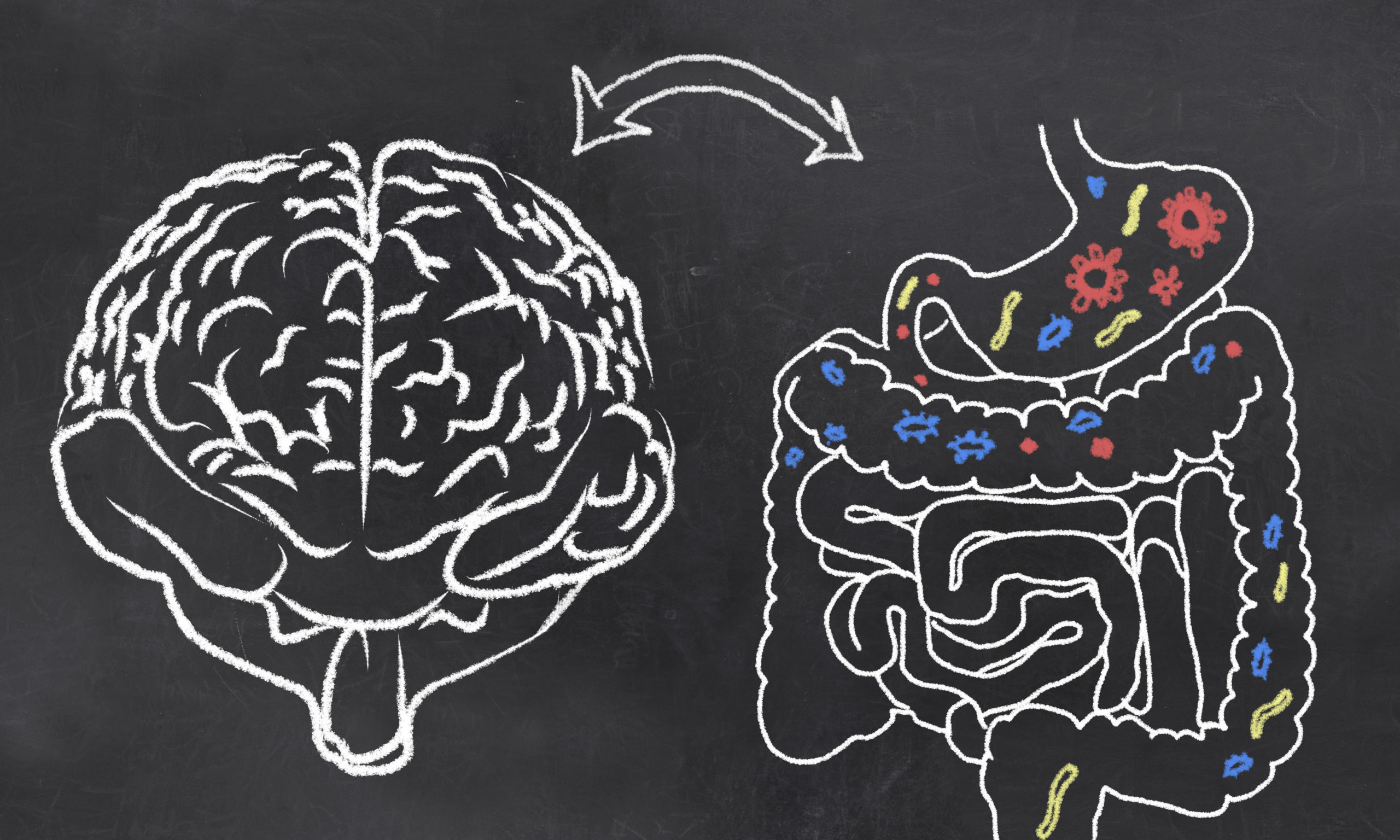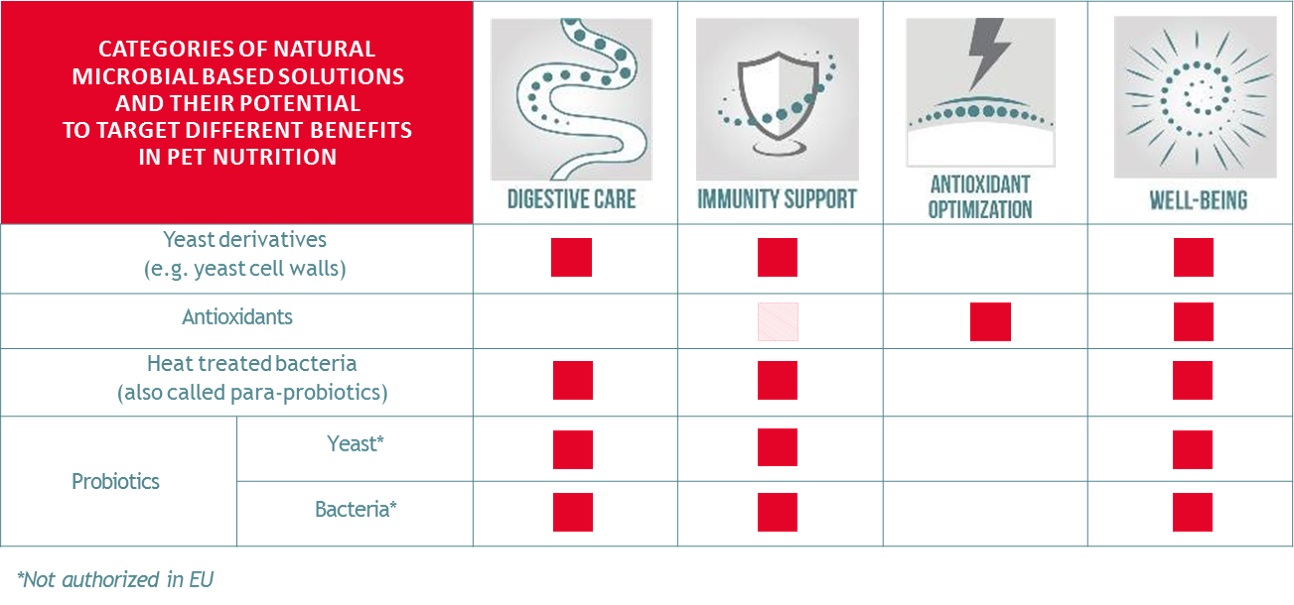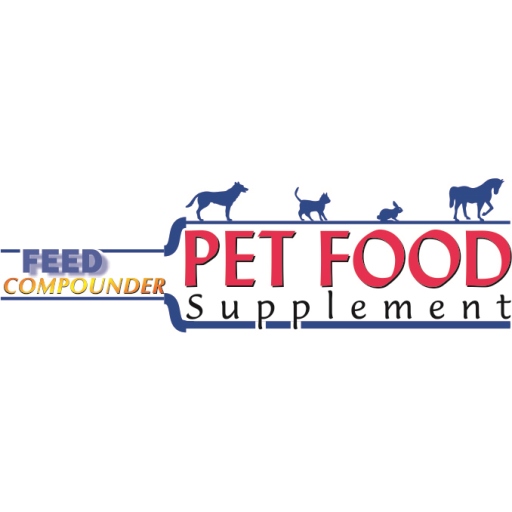The Gut, the Brain and the Well-Being of Pets
By Francesca Susca, DVM, PhD, Pet Development Manager, Lallemand Animal Nutrition
In the last decade pet food has experienced a shift toward premiumisation and humanisation. These strong trends are driven by pet owners who consider their pets to be family members, highlighted even more so over the last year. Pet food manufacturers, combining pet needs and pet owners’ desires, have rapidly transferred global food trends from human nutrition to pet food.
According to market research, over 80% of new pet food product launches bear some health-related claims, with 22% being digestive claims (source: Innova Market research, Feb. 2017). In fact, gastrointestinal tract (GIT) disorders are some of the most common reasons for veterinary consultations. Beyond GIT disorders there are some other concerns such as optimal nutrition, obesity, immune defences, healthy aging and stress. The COVID-19 outbreak has emphasised the role that food fortification has on supporting mental well-being and the immune system, the latter already being seen among the top claims in 2019 (source: Euromonitor International, Aug. 2020).
Overall, well-being can be described as a main concern for any pet owner, but what does well-being mean and how can we define pet well-being? There are four main principles commonly used to assess animal well-being: good feeding, good housing, good health and appropriate behaviour. Some of these parameters can be linked to a central organ which is often underestimated: the gut and its billions of inhabitants, the microbiota.
Is there a way to improve pet well-being by shaping their gut microbiota with natural ingredients?

The microbiota: a key player
The digestive tract of dogs and cats harbours a complex community of microorganisms, called the gut microbiota, which plays a crucial role in the host’s overall health. Recent developments in the field of sequencing techniques, with the OMICS revolution, have considerably enlarged our understanding of the microbiota and its potential functions.
The gut microbiota is a dynamic system with great intra- and inter-individual variations. Its three main functions are key to ensuring the maintenance of overall health to the host’s gastrointestinal tract (GIT): 1) metabolic function 2) protective function, and 3) structural function.
The complex interactions between the microbiota, the host immune system and host genetics influence the balance between health and disease. Genetics, age, environment, antibiotics and diet, are some of the factors recognised as affecting the microbiota. For example, it was shown in dogs that a relatively small amount of dietary fibre was able to detectably change the structure of the gut microbiota. In the same way, functional ingredients such as prebiotics and probiotics — well documented to influence the microbiota of many species — have shown positive effects on pet microbiota too, as illustrated by a study in dogs with live yeast S. cerevisiae var. boulardii on the prevention of antibiotic-associated diarrhoea (Aktas et al, 2007). Probiotic studies in pets are still scarce, but the volume of literature on the mode of action for many probiotic strains and their effects in humans and other mammals, are a good indicators for their potential in dogs and cats.
Some GIT disorders, both acute and chronic, are well known to be associated with alterations in microbial communities, but it is now increasingly documented that disorders beyond the GIT such as obesity, atopic dermatitis or central nervous disorders, can also be linked to changes in the microbiota. In this context, functional ingredients that are known to influence the microbiota composition such as prebiotics, probiotics, para-probiotics and other nutritional interventions, could offer an alternative approach to tackle these issues.

Interventions: shaping the microbiota
Yeast derivative products are well known for their benefits in animal nutrition: used to help balance the intestinal microflora and help stimulate the host’s natural defences. Research has shown that beneficial effects, such as the specific mode of action for immune system modulation, differ according to the strain of yeast selected, as well as the production process used. Not all yeasts are equal, and that’s why YANG, an innovative prebiotic solution, was developed following an in-depth research and development programme. YANG is a combination of 3 yeast fractions from different strains/ species, acting synergistically to reinforce natural defences and support digestive care. The three yeast fractions were specifically selected for their distinct morpho-functional features: high amounts of adhesive polysaccharide patches and adhesion strength, resulting in the superior binding capacity of YANG, as seen by pathogen agglutination. Combining these specific yeast strains has also been seen to induce a better and more balanced modulation of the immune system by targeting multiple immune receptors at once.
A study conducted in conjunction with the University of Bologna incubated 5 flasks containing canine faecal inoculum and undigested residues from a pre-digested extruded diet, either with YANG at 0.8g YANG/ kg food, or without, in an anaerobic chamber (Biagi et al., 2016; Pinna et al., 2016). Extruded diets were fed for at least 4 weeks prior to faecal collection in order to see an effect on microbiota composition. Total microbial population and beneficial bacteria contents were analysed and showed a significant increase (p<0.05) after 24 hours when YANG was present. These results are promising for the beneficial effect of using YANG to tailor microbiota balance and support digestive well-being through beneficial microbe populations.

The second brain: control of well-being
The brain-gut axis: this is certainly one of the newest and most promising areas of research into the microbiota and probiotics. In 2013, John Cryan and his team coined the term “psychobiotics” to translate this idea. They defined this new class of probiotics as a “live organism that, when ingested in adequate amounts, produces a health benefit in patients suffering from psychiatric illness” (Dinan et al, 2013). In a world where an estimated 29% of pet dogs exhibit signs of anxiety (probably a gross underestimate), and where a large portion of up to 70% of dog behavioural disorders can be attributed to some form of anxiety (Beata et al, 2007), the psychobiotic approach certainly makes sense for pet well-being too.
The crucial role of the microbiota in the brain-gut communication axis has now been demonstrated, as well as its role in anxiety behaviour in humans and rodents. The potential of probiotics to influence this brain-gut axis is a growing field of evidence with the first animal study published in 2006 (Zareie et al, 2006). A few years later the first human studies demonstrated that a probiotic supplement can effectively alleviate both physiological and psychological symptoms of chronic stress (Diop et al, 2008; Messaoudi et al., 2010). To date, more than 50 published studies have evaluated the link between probiotic supplementation and the brain-gut axis, including at least 17 human clinical studies.
One study indicates that 90% of dogs supplemented with the probiotic B. longum showed improvement in day-to-day anxious behaviour including reduction of barking, jumping, spinning and pacing in comparison to a placebo. In addition around 80% showed a decrease in heart rate and an increase in heart rate variability, indicating a more positive response to anxiety (McGowan, 2016). Such a preliminary study is very positive in showing a positive effect on both behavioural and physiological signs of anxiety in dogs.

Conclusion
Such studies presented pave the way for new holistic approaches to modern pet well-being issues by targeting the gut microbiota. Shaping the intestinal microbiota through supplementation with specific functional ingredients could be a way to optimize overall pet health and consequently improve their wellbeing. Lallemand, an expert in the development of microbial based solutions for animal and human nutrition has developed a platform of natural, research-backed pet nutrition solutions to support immunity, alleviate oxidative stress and support digestive comfort targeting pet well-being (see table). We offer specific technical support and expertise in functional ingredients to help manufacturers address the growing market demand for pet well-being products.
References available upon request from: fsusca@lallemand.com
Other Topics
Contact
Phone
01994 240002
Address
Plas y Coed, Velfrey Road, Whitland SA34 0RA
